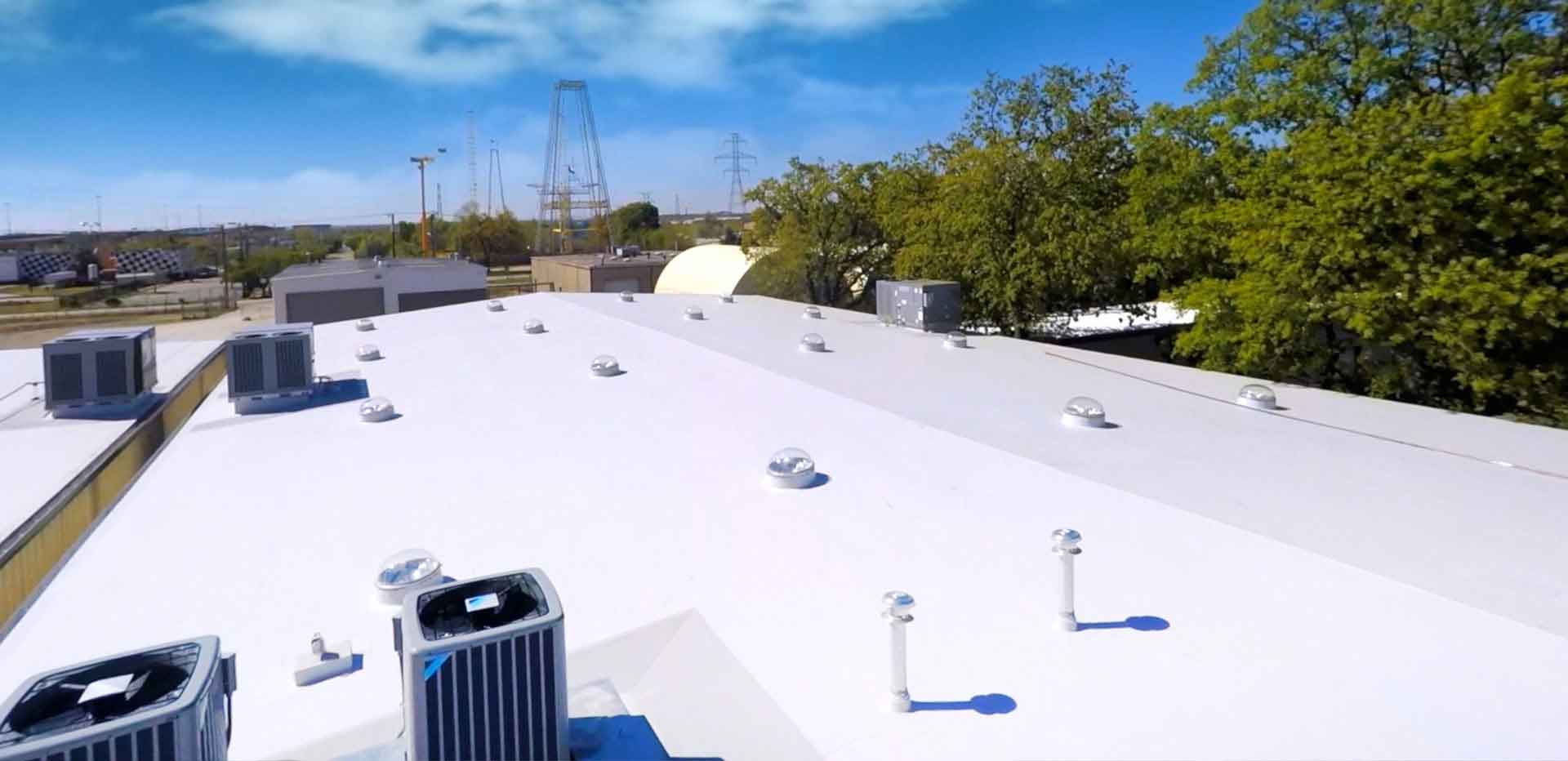Separating Facts from Fiction Series: TPO Roofing Concerns Addressed

In recent times, Thermoplastic Olefin (TPO) roofing has gained enormous popularity due to its energy efficiency, long-lasting performance and resistance to fungi and UV rays. However, like any widely used material, TPO roofing is not immune to misconceptions and myths, mainly because the technology is relatively new compared to some other roof systems. This article will address common TPO roofing myths and concerns and clarify misunderstandings.
Concern #1: I heard TPO roofing is expensive. Is that right?
Contrary to the notion that TPO roofing is pricey, it is quite economical. In fact, it is known for providing an excellent return on investment. The installation process is typically faster and requires less labor than other roof systems. Moreover, TPO roofing is energy-efficient, which can lead to long-term savings on energy bills. The durability and bioresistance of TPO roofs allow you to spend less on ongoing maintenance and repairs, resulting in significant cumulative savings over the life of your roof. Many companies consider TPO roofing to be a financially wise investment.
Concern #2: Some say TPO roofs don't last long. Is that true?
One common myth surrounding TPO roofing is its relatively shorter life and premature aging in certain climates. In reality, TPO roofing is known for its remarkable resilience and durability. High-quality TPO membranes are designed to withstand extreme weather conditions, UV radiation and temperature fluctuations. When installed properly and maintained regularly, TPO roofing can last 20 years or more, making it a reliable and long-lasting roofing option.
Concern #3: They say condensation will be a problem.
Due to potential condensation issues, white TPO roofs (along with other cool roofs) have been under scrutiny in recent years. Some have claimed that cool roofs are more susceptible to excessive condensation within the roof system, especially in colder climates. But what causes this phenomenon? During cold weather, warm and humid air from inside the building tends to move upwards. This air can infiltrate roofing assemblies through openings, unsealed joints or around penetrations. When the humid air comes in contact with surfaces that are below the dew point, the moisture in the air condenses. White TPO roofs are highly reflective and may stay below the dew point for extended periods of time. As a result, you may notice unexplainable water drips in the building due to the condensation. To prevent the this issue, it is crucial to ensure that your roof system is installed and sealed correctly. Additionally, make sure to conduct regular maintenance and repairs. Noticed condensation? Contact us and let's figure out the source together!
If you are interested in a new TPO roof or want to extend the life of your current roof system, it is important to choose a reliable commercial roofing contractor. Please get in touch with us if you have any questions or require assistance. We are committed to providing you with expertise and support for all your roofing needs.
When you subscribe to the blog, we will send you an e-mail when there are new updates on the site so you wouldn't miss them.
